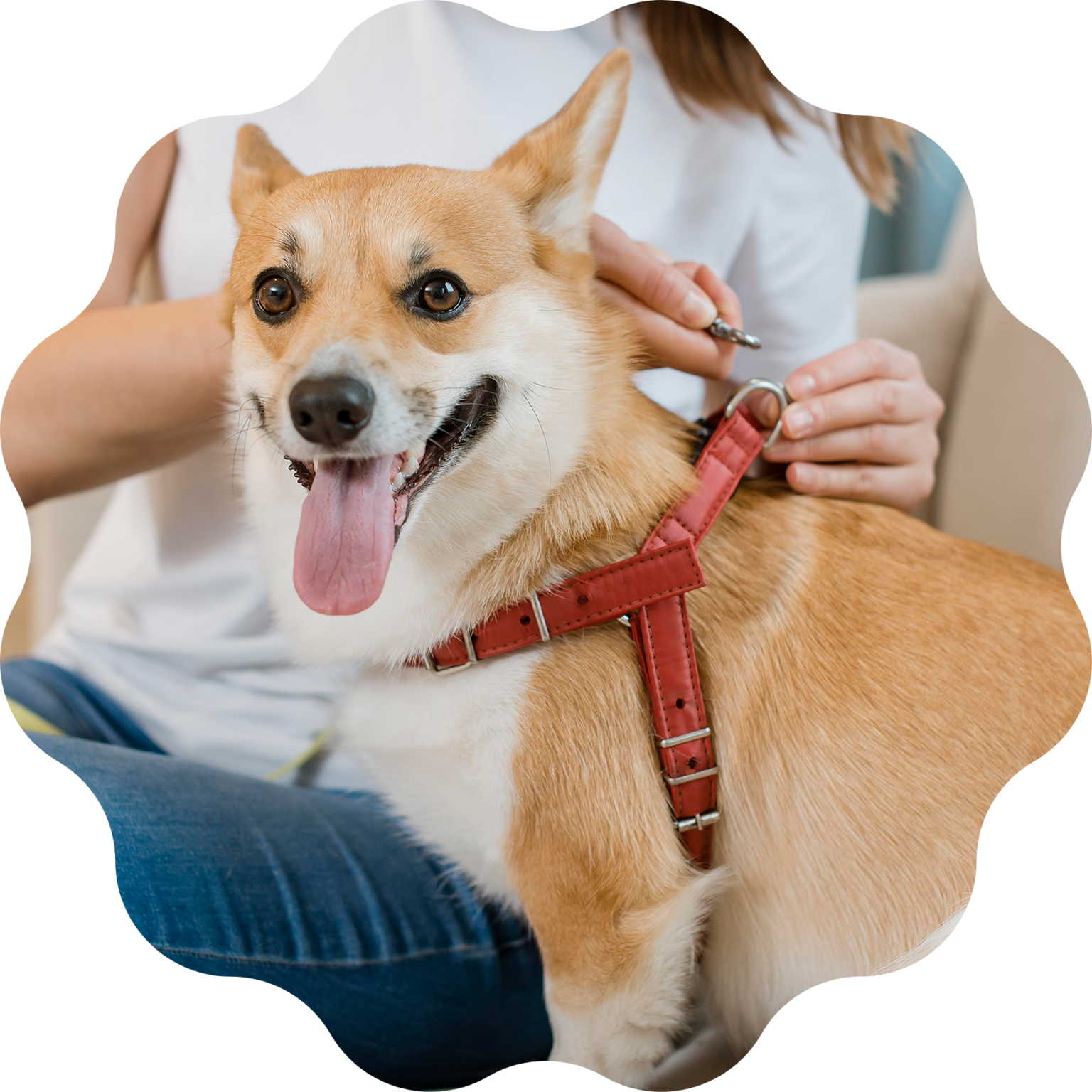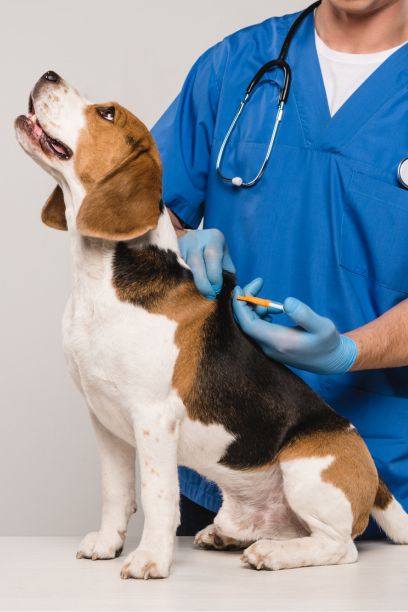Pet Microchipping


Pet Microchipping
Microchipping your pet is a great way to make sure they’re never lost for too long. As of July 1, 2018, all owners of cats and dogs over 12 weeks of age in South Australia will need to get them microchipped by law. Beyond simply complying with the law, microchipping your pets greatly increases the likelihood of lost or impounded dogs and cats being reunited with their owners.
Microchipping is the only permanent form of identification for your pet. It helps to provide you peace of mind in the event that your pet becomes lost or goes missing. Whether your dog likes to slip out of their collar from time to time or your cat sneaks out the front door when you’re signing for a package, these are stressful times for pet owners. Lost pets are especially at risk of injury or being euthanized in a shelter, making microchips a vital part of pet ownership.
The Procedure is Quick
The procedure is quick, with minimal discomfort. A microchip roughly the size of a grain of rice is implanted through a needle at the back of the shoulders. This can only be carried out by a trained, authorised microchip implanter, as improper placement can cause health issues for your pet.
But how does it work? Each microchip has a unique code linked to each pet. This code is recorded on a national database, where only registered agencies such as councils, rangers, shelters, and veterinarians can access the private information. If your personal address or phone number change, or if a pet’s ownership is transferred, it’s important to log into the registry and update your information. If you have any questions about microchipping or the new law, please feel free to reach out to us.

